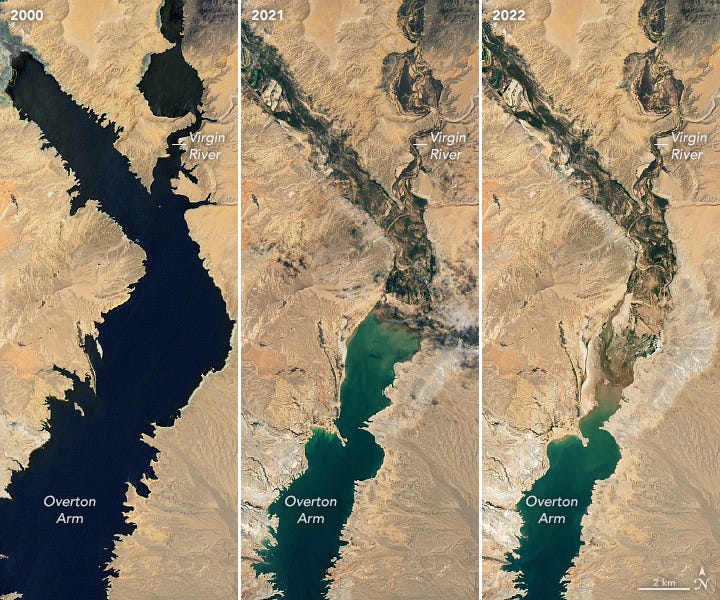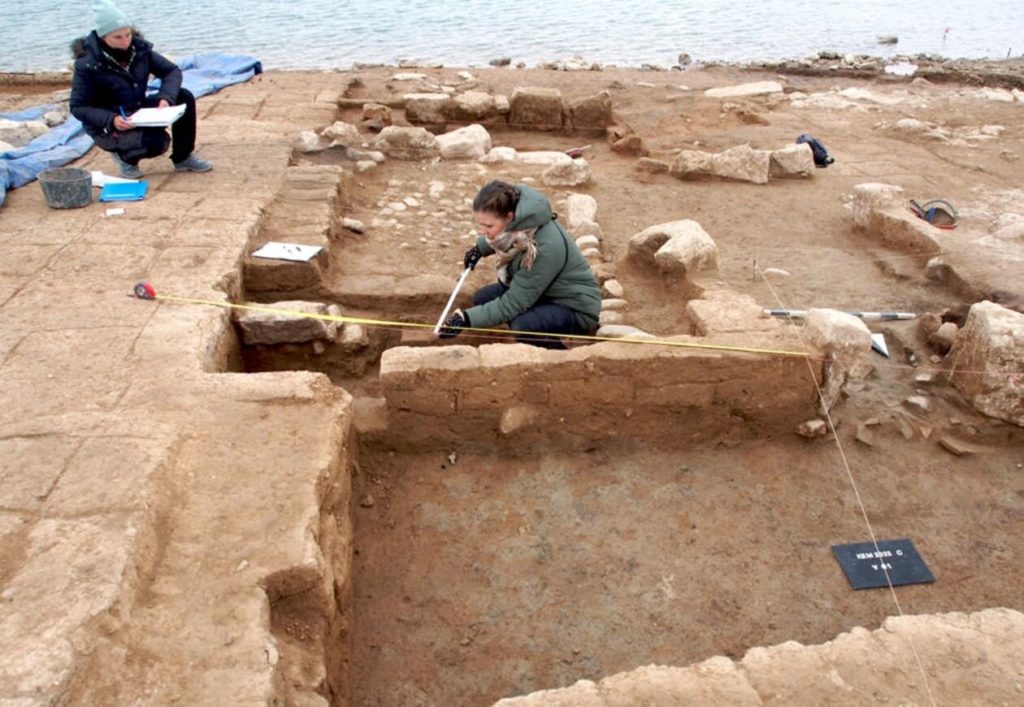The summer heat has led to drought and lower water levels. As a result, archaeologists and anthropologists had
Traces of World War II in Rome
Drought in Italy helped experts discover artifacts from World War II and architecture from the reign of Nero
Months without rain and early snowmelt in the Alpsled to the depletion of the Po River - the longest river in Italy - to its lowest level in 70 years. In June, Hi-Tech showed an animation based on data from the Copernicus Sentinel-2 satellite. It shows part of the valley near Piacenza. In the comparison photos you can see that the river has changed a lot between June 2020 and June 2022.
Now, artifacts from the Second World War have been found in the dry river bed, namely a German tank and cargo ships.
Bridge of Nero (or its copy) in Rome
Meanwhile, in Rome, drought has undermined the Tiber River and exposed a bridge believed to have been built during the reign of Emperor Nero - Pons Neronianus.
“The remains of this Roman bridge are visible whenever the water level in the Tiber drops,” Robert Coates-Stevens, an archaeologist at the British School in Rome, told Live.
Several sources also told the publication thatthe bridge may have been built before the emperor's reign. “The origin of the bridge is unknown, given that it probably existed here before the reign of Nero, and therefore the Pons Neronianu was probably a reconstruction of an earlier river crossing,” Nicholas Temple, professor of architectural history at London Metropolitan University, told Live.
The name Pons Neronianus “appears for the first time only in catalogs of Roman monuments of the 12th century,” the scientist concludes.
Dead bodies in the desert
At the end of July, NASA published satellite imagesLake Mead, the largest reservoir in the USA. Judging by the photographs, which are 22 years apart, the water level has dropped to its lowest level since 1937.
 Photo: NASA
Photo: NASA
According to the American Aerospaceagency, today the reservoir is 27% full, and the water level continues to fall. The reservoir, which straddles two states—Nevada and Arizona—is at historic lows. It is noteworthy that this is what the reservoir looked like when it was first filled in the spring of 1937.
The falling water level brought a lot ofsurprises, not for archaeologists, but for police and forensic anthropologists. So, over the past four months, Las Vegas police have already discovered four bodies in three months. The police are preparing for more corpses to appear. “There is a very high likelihood that we will discover more human remains as the water levels drop,” Kurier quoted police officer Ray Spencer as saying.
One of the bodies was reportedly in a barrel.The other person's remains belong to a young man who died in 1958 at the age of 22 while boating with a friend. Another set of bones belonged to a murder victim that occurred in the mid-1970s and 1980s. There have been no further comments as authorities continue to investigate.
Treasure of Mesopotamia
In December 2021, receding watersDuring a severe drought, a 3,400-year-old city along the Tigris River in Iraq was discovered. As Hi-Tech previously reported, this has made it easier for the archaeological team to study the ruins and map much of the settlement before it is further affected by climate change or destroyed.
 Credit: University of Tübingen
Credit: University of Tübingen
In just a few days a group was assembled foremergency excavations. The Fritz Thyssen Foundation acted as a sponsor of the research project. A German-Kurdish archaeological team dated all the structures of the flooded city. It turned out that they belong to the times of the Mittani Empire, which controlled most of Northern Mesopotamia and Syria.
 Credit: University of Tübingen
Credit: University of Tübingen
Iraq is one of the hardest hit by the changecountry's climate. To prevent crops from drying out, large amounts of water have been drawn since December from the Mosul Reservoir, Iraq's most important water storage facility. This has led to the revival of a Bronze Age city that was flooded decades ago without any prior archaeological research . It is located in Kemun, in the Kurdistan Region of Iraq.
Spanish ghost village
Something similar has already happened in February 2022.A flooded settlement appeared in Spain after drought destroyed a dam on the Spanish-Portuguese border. The village of Aceredo in northwest Spain's Galicia region was flooded in 1992 to create the Alto Lindoso reservoir. Now the newly "resurrected" ruins are attracting tourists who want to see the village after decades of being underwater.
Scientists expect Galicia to continue to suffer from extreme dry spells. “The risk of drought in the coming decades in this area will increase,” scientists say.
Read more:
"James Webb" sent a photo of the collision of two huge galaxies
"Useless" bacteria on Earth will provide life to the colonists of Mars
On the pyramid in China found a portrait of the "king of ancestors". He ruled over 4,000 years ago